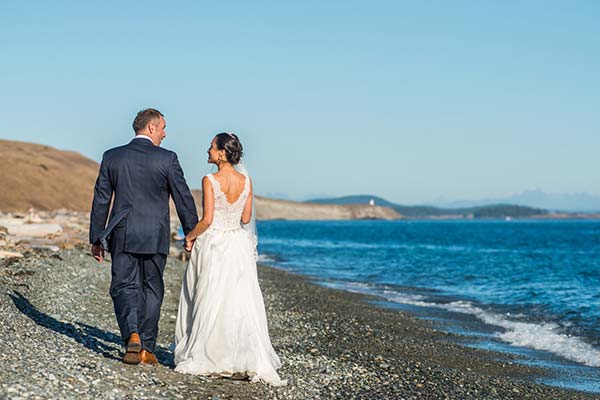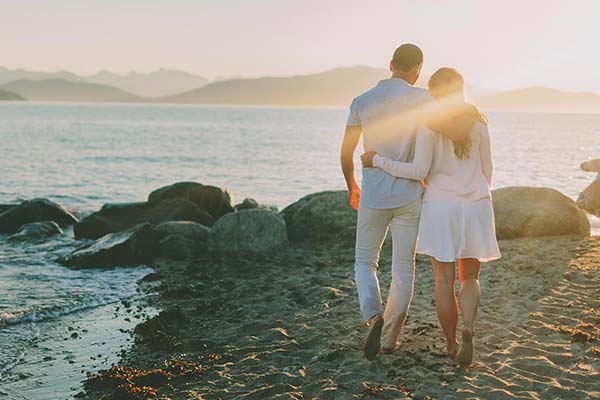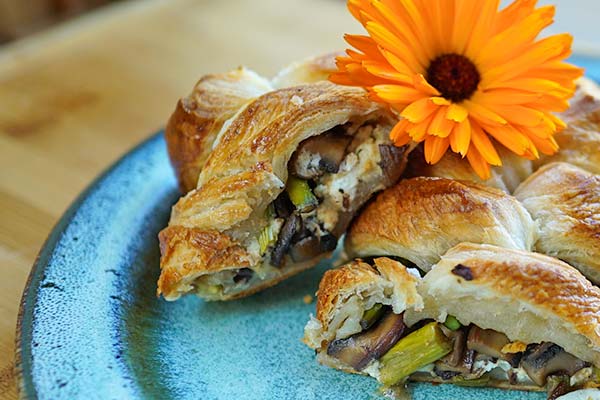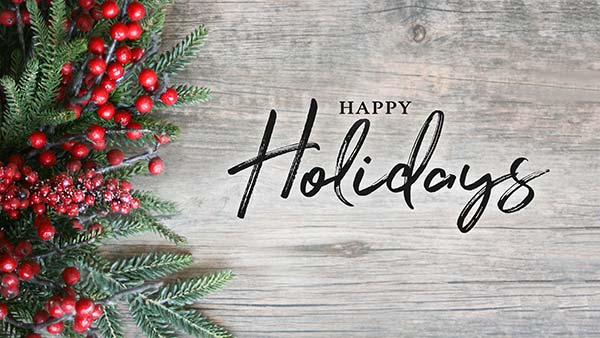From the casual harvest of edible greens, berries, and weeds to the seaside adventures of clamming, foraging on San Juan Island is abundant. We will gladly assist you with directions to foraging spots around the island. Many of the spots are close to the Tucker House Inn and Harrison House Suites.

Berries
Before summer solstice, salmonberries line the trails to beaches such as Eagle Cove on the southern end of San Juan Island. Salmonberries resemble raspberries and are named for their reddish-orange color. They grow on thorny shrubs that, at times, reach 12 feet in height. In August to September, blackberries are abundant all over the island, from parks and the edges of sidewalks to hikes out of town. Visit Mount Grant or Young Hill to find Red huckleberries and blackberries, as they are ripe the same time.
Manilla Clams
These clams present a year-round foraging opportunity on the shores of San Juan Island. Check the Washington Department of Fish & Wildlife for notice on closures and other up to date shellfish information, including licensure. Clamming depends on low tide, so check the tide chart to plan your clam dig. You will find these hard-shelled Manilla clams 2 to 4 inches below the surface, so a small shovel or simply bare hands will work just fine. Just look for small holes on the surface of the shore! Remember to wear rubber boots and to pack a change of clothes since clamming can be a muddy adventure. Also note the daily limit. Don’t harvest more than 40 clams per person (10 pounds). Once home and cleaned up, you can easily prepared your fresh Manilla clams by steaming.
Seaweed
Along the intertidal zone and beyond along the coast of San Juan Island, some of the most nutritious foragable food can be found at low tide. Ulca sea lettuce, an edible green algae, is the easiest seaweed to harvest. It is high in protein and nutrients, making it an excellent food to forage. Sea lettuce grows along shoreline rocks, the size of a hand to the size of a frisbee. It also grows on the top of the floating stalks like green hair. One easy way to collect it is to pull it off of large, mature stalks of bull kelp from a small boat a little ways off shore. It looks like blanched spinach, is almost tasteless and can be eaten raw. It’s important to soak the sea lettuce for a half hour in fresh water before consuming. This gives it a bright green color. The limit is ten pounds of sea lettuce per person.
Mushrooms
The greatest variety of fungi around San Juan Island can be found around very old trees with deep, undisturbed soils and leaf litter. Surprisingly, few mushrooms are dangerously poisonous. Many are tasteless, bitter, or will give an upset stomach. It’s important to carry a mushroom identification guide with you while foraging and always cook wild mushrooms before eating. Mushrooms can contain exptic chemical compounds that only affect a few people badly. Oyster mushrooms can be found on dead or dying alder trees. Most islanders are familiar with Chanterelles, Shaggy Manes, and Oyster mushrooms. Ideally, mushroom foraging is best after the first fall rains. The meaty Matsutake mushroom is an island favorite. Find Matsutake around places dense with Douglas Fir, Ponderosa Pine, and Western Hemlock trees. Also, areas thick with rhododendrons and blackberries create shaded spots with moss that retains rainwater. This is an ideal environment for mushrooms like Matsutake.
Greens
The hunt for wild greens can begin with dandelion greens, which are plentiful on undisturbed soil in spring. Stinging Nettles are the most plentiful spring gather. It’s just important to remember to always wear rubber gloves. Once home, a quick parboil neutralizes the sting. Use or freeze the dried nettle for tea and even pesto. Fiddlehead Ferns are another abundant green around San Juan Island. Fiddleheads are the tightly curled frond of wild ferns that Fiddleheads appear for a very brief time in early spring. Fiddleheads are ferns before they become ferns. In short, they’re a furled up fern.
The taste is often described as somewhere between asparagus and broccoli. Spot their bright green color easily against dark twigs and brown soil. Fiddleheads have a bright green stem and a paper-like brown material that covers the sides of the coils. They remain coiled until they reach a maximum height of four to six inches. Pick Fiddleheads before they unfurl, when they’re about one to four inches in height, by simply pinching and snapping the stem about a half inch to an inch from the coiled head. Look for the more tightly wound fiddleheads and brush away any leaves, twigs and logs. Sometimes you’ll find the bigger ones in more hidden, cool areas. Leave at least a few unpicked fiddleheads. Otherwise, the fern will die. Always rinse before preparing. To cook, boil for five minutes then saute in butter. Freeze fiddleheads for up to a year and use them just like any vegetable in a recipe.











